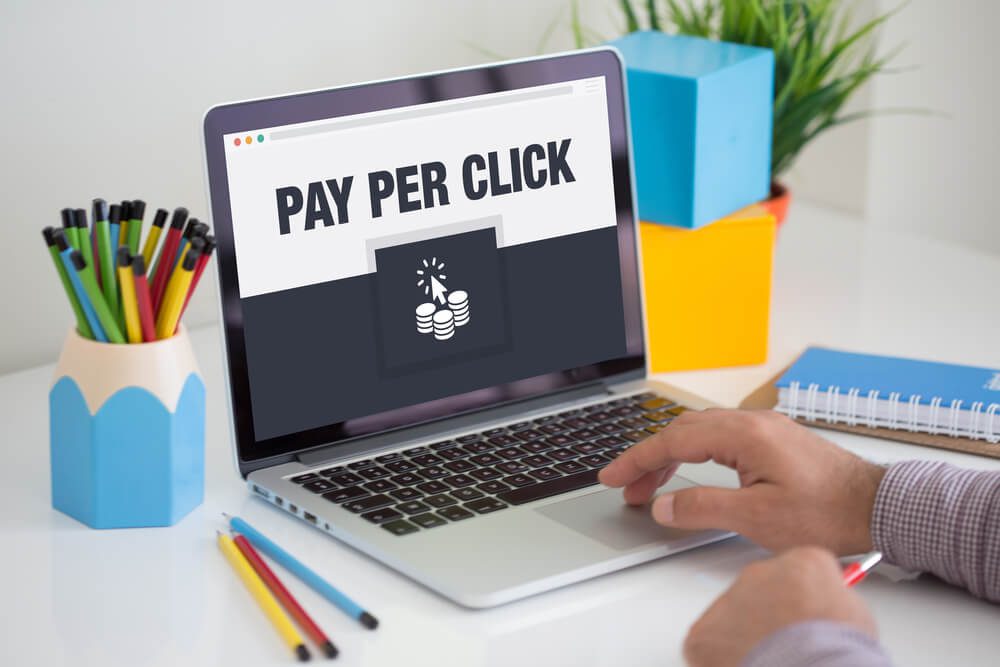
Watch Your Business Flower With the Best PPC Management!
Running pay-per-click campaigns for small businesses is like germinating a plant. A local PPC management agency maintains the right balance of technical expertise, marketing knowledge, and sound judgment to help you grow.
This article shows how different PPC stages compare to the stages of a plant’s life cycle:
- Planting (PPC audits and research)
- Growing (PPC plan optimization)
- Harvesting (return optimization and analytics)
It also includes practical tips to nurture every stage. Read below and explore how two seemingly disparate processes mirror each other in intriguing ways.
Let’s go!
If you want to learn how Digital Authority Partners can increase your PPC effectiveness, watch this video!
Planting (PPC Audit and Research)
Even the most experienced gardeners do not start digging until they understand their plants and land. Are the soil and climate suitable for growth? What planting methods are ideal? Do they have easy access to resources such as water?
Small-business PPC management begins the same way. Marketers must be aware of key elements and incorporate them in the planning stage. These include the following:
- Target audience
- Budget
- Historical ad performance
- Competition
- Marketing goals
A comprehensive market audit is one of the best strategies to get the much-needed data for research. This uncovers opportunities, strengths, and mistakes that help you to develop a more unified campaign plan.
Digital Authority Partners (DAP) took this approach for Bella+Canvas. Getting to the root cause of their declining return on ad spend (ROAS) revealed the lack of a campaign-level strategy.
This helped the team prioritize different channels to eliminate wasteful spending. Then, the budget was analyzed and redirected to targeted search campaigns. They also went on defense against competitors or branded bidding.
Eventually, evaluating and modifying the market plan paid off–the LA-based wholesale apparel business increased its ROAS from paid ads by 192.7% while reducing acquisition costs by 70.18%.
Growing (Campaign Launch and Optimization)

No matter how good the soil is, plants will die without sunlight, water, and care. They require consistent monitoring, adjustment, and sometimes relocation when the weather seems bad, a pest or virus impacts them, or their growth is suboptimal.
Similarly, all paid-ad plans need regular tweaking, testing, and refining. Besides these excellent PPC marketing strategies, businesses can also launch and scale their PPC campaigns with artificial intelligence and maximize their ROAS by eliminating ad fatigue.
Let us discuss each.
1. Use AI to Run More Efficient Campaigns
Many paid-ad platforms already integrate AI into their features and designs. Google, for example, has Performance Search Max and Responsive Search Ads.
Performance Search Max is a goal-based system that maximizes ad conversions. Users identify their marketing objectives and the tool does the rest, identifying highly qualified audiences and high-impact channels. It also adjusts bidding automatically.
Meanwhile, Responsive Search Ads (RSA) use AI to determine user intent. It then combines PPC elements such as the landing page, ad headline, and description to create an ad that best matches the user query. This way, the right ad appears to the right audience.
Both run on machine learning, so platforms get better over time. They can decrease analysis paralysis and provide more accurate and reliable real-time data, allowing businesses and agencies to focus on other marketing activities that require more hands-on effort.
2. Prevent Ad Fatigue
Ad fatigue happens when users see the same copy repeatedly and eventually stop paying attention to it. The impact on the bottom line is significant:
- Bidding costs increase as a way for search engines to “penalize” advertisers for showing the same ads frequently.
- Click-through (CTR) and conversation rates decrease.
- ROAS declines.
- It ruins the user experience (UX), affecting the overall performance of the marketing plan, especially search engine optimization (SEO).
Local PPC marketing agencies apply various strategies to reduce or eliminate ad fatigue. Here are a few examples:
- Take advantage of RSA to create more diversified ads.
- Reduce ad frequency.
- Conduct regular A/B tests to identify the best-performing ads.
- Improve audience targeting.
- Break down broad audiences into smaller segments (hypersegmentation).
- Write new content or identify a different landing page.
- Review the PPC campaign and determine different or new keywords to target.
A PPC agency often utilizes other networks if the impression per search is already 100% but the ROAS is still low. For instance, they might import Google Ads campaigns into Microsoft Ads. In the Bella+Canvas case study, 30% of the total budget is allocated to LinkedIn, Pinterest, and TikTok.
Harvesting (Return Optimization and Analytics)

At some point, the plant is ready for harvest. However, the harvest does not immediately go to the basket. It has to be examined for quality first. Is it acceptable? Should it be discarded?
They also take note of the entire planting process. What worked and what did not? What percentage of the harvest yielded sellable produce? This invaluable data prepares them for the next season or cycle.
For existing- or new-business PPC management, harvesting revolves around optimizing future campaigns for returns with analytics.
The PPC agency reviews the existing campaigns. What keywords have excellent ROAS? Are there any useless keywords? How can they effectively reduce the cost-per-click (CPC) while maintaining ROAS?
It also measures demographic data. Who are your most profitable customers? Are they in a particular age range, gender, or location? Are they recurring and how frequently?
Further, a local PPC firm that values innovation performs predictive analytics. This entails using various types of information, such as historical performance and algorithms, to anticipate future trends.
In particular, it does the following:
- Forecast the potential demand for products or services in specific areas based on historical searches, clicks, and conversions.
- Help allocate more budget to high-performing localities.
- Customize ad content based on local culture, vernacular, and trending topics.
- Adjust bid amounts according to predicted search volumes, competition, and potential conversions.
- Predict the best times of day or days of the week to run ads in specific locations.
- Identify the customer lifetime value (CLV) of certain markets.
When done right, predictive analytics in PPC empowers businesses with foresight. It enables them to get ahead of the curve, optimize their ad spend, and maximize their local impact.
Summing Up
The parallel growth journeys of a PPC campaign and a flowering plant highlight the importance of meticulous management and consistent care. Both processes are cyclical and require ongoing effort to achieve flourishing results.
As you assess your current PPC campaigns, draw inspiration from nature’s growth cycle. Identify which “growth” stage your campaign is currently in and make the necessary adjustments. Remember, just like gardening, launching and maintaining PPC campaigns is a skill that can be honed over time.
Ready to cultivate your paid advertising campaign? Contact DAP, your expert local PPC management agency, to book a free consultation.
Want To Meet Our Expert Team?
Book a meeting directly here




